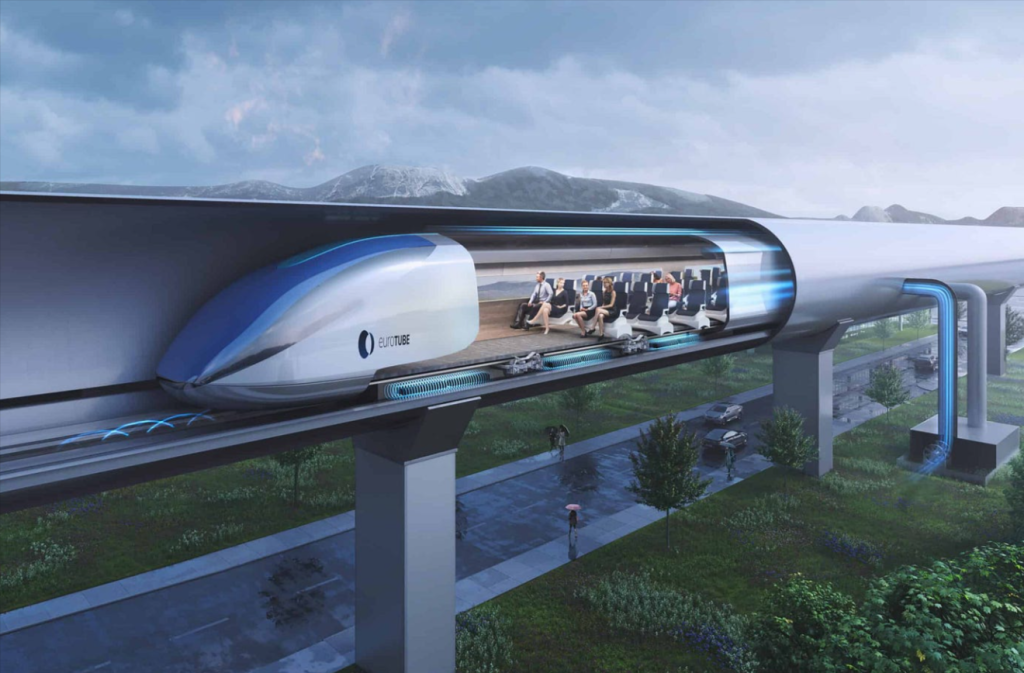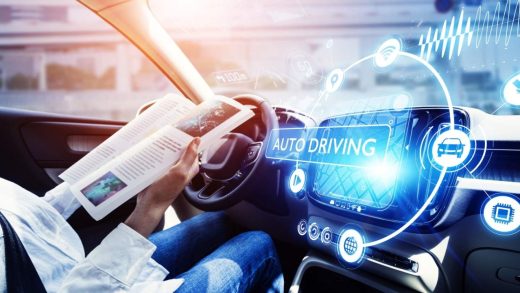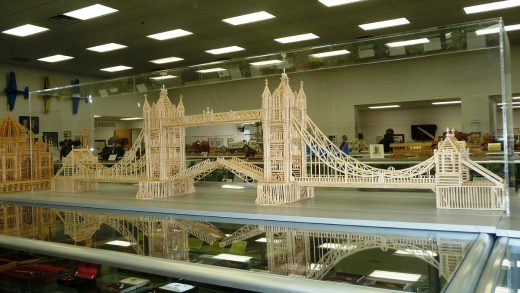In recent years, the concept of the Hyperloop has captivated people’s imaginations worldwide, offering a tantalizing glimpse into the future of high-speed transportation. Conceived by entrepreneur Elon Musk and further developed by various companies and researchers, the Hyperloop represents a groundbreaking advancement in transportation infrastructure. In this article, we delve into the intricacies of the Hyperloop technology and its potential to revolutionize how we travel.
A Visionary Concept
The Hyperloop envisions a network of ultra-high-speed transportation pods hurtling through vacuum-sealed tubes at incredible velocities, reaching speeds that surpass even the swiftest commercial aircraft. This concept combines the principles of air pressure differentials and magnetic Levitation to create an environment where friction is minimized, and speed is maximized. The result is a transportation mode that could propel passengers from one city to another in minutes, transforming long and tedious journeys into quick and efficient commutes.
Technological Marvels at Play
A combination of cutting-edge technologies is at the heart of the Hyperloop’s incredible speed. Magnetic Levitation, often referred to as maglev, allows the pods to glide frictionlessly above the tracks, eliminating the need for wheels and minimizing energy loss. Additionally, the utilization of vacuum tubes drastically reduces air resistance, enabling the pods to achieve unprecedented velocities. This synthesis of magnetic Levitation and vacuum tube technology creates an environment where the limitations of conventional transportation are shattered.
Sustainability and Efficiency
One of the most compelling aspects of the Hyperloop is its potential to be an environmentally friendly mode of transportation. By design, the system requires significantly less energy than traditional air or ground travel. Furthermore, as the pods are propelled without direct contact with the tracks, wear and tear are minimized, reducing maintenance costs and extending longevity. This efficiency has the potential to reduce carbon emissions and create a more sustainable future for global transportation.

Overcoming Challenges
While the Hyperloop concept is undeniably groundbreaking, it’s important to acknowledge the challenges that must be addressed for its successful implementation. The construction of the necessary infrastructure, including creating vacuum-sealed tubes spanning vast distances, poses engineering and logistical hurdles. Additionally, ensuring passenger safety and comfort within the high-speed environment requires innovative solutions that guarantee a smooth and secure ride.
Economic and Social Implications
The Hyperloop’s potential societal and economic impacts are nothing short of transformative. The ability to connect cities in a matter of minutes could redefine urban dynamics, allowing individuals to reside in one city while easily working in another. This could lead to the decentralization of urban areas and a reimagining of the concept of the daily commute. Moreover, the Hyperloop has the potential to bolster local economies by promoting tourism, trade, and collaboration between once distant regions.
A Glimpse into the Future
As researchers and engineers refine the technology, the Hyperloop inches closer to becoming a reality. While there is still much work to be done, the progress made so far is a testament to human innovation and the pursuit of pushing boundaries. The transportation industry stands at the cusp of a new era, where speed, efficiency, and sustainability converge to reshape how we navigate the world.
Conclusion
In conclusion, the Hyperloop represents an audacious leap into the future of high-speed transportation. The amalgamation of magnetic Levitation, vacuum tube technology, and a commitment to sustainability creates a vision that has captured the imagination of the public and the transportation industry. While challenges remain, the potential benefits of speed, efficiency, and economic impact are undeniable. As we look ahead, it is not whether the Hyperloop will become a reality but when. The journey toward revolutionizing transportation has begun, and the destination promises a faster, smarter, and more connected future than ever before.


